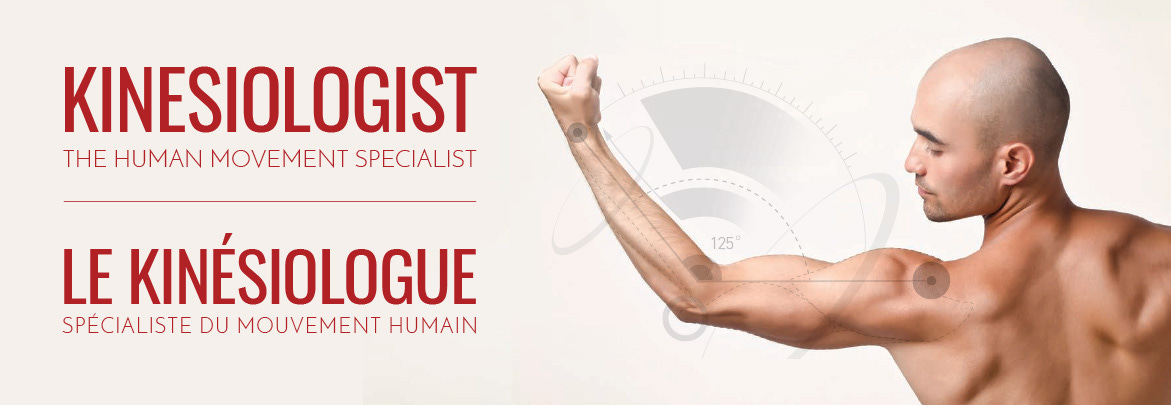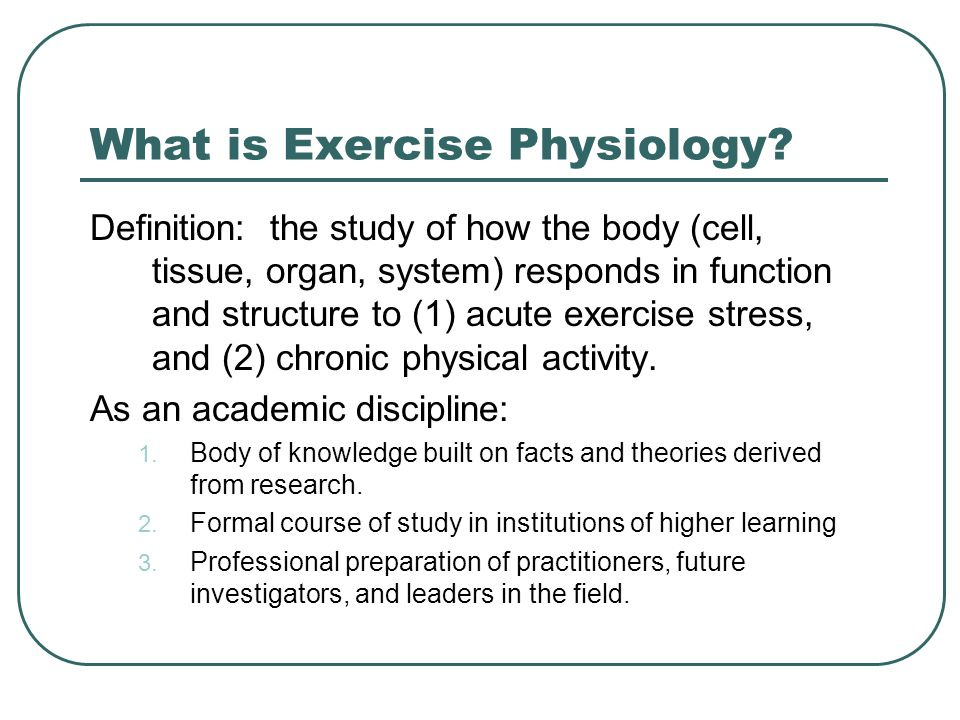
In this author’s last post, the benefits of licensure in the exercise profession was explored. A requisite of licensure included an undergraduate degree in exercise science, in addition to a clearly set list of standards and guidelines to abide by. It is this author’s contention that the content of exercise science degrees should also be questioned, as another means of elevating the credibility and reputation of the exercise profession.

Ives and Knudson (2007) submitted that graduates of most exercise science degrees were not prepared to give professional and comprehensive advice to clients/patients. The authors reasoned that most graduate programs over-emphasized exercise physiology with insufficient attention placed upon other disciplines such as biomechanics and motor learning (Ives & Knudson, 2007). Ives and Knudson (2007) also suggested that the movement away from a balance between the disciplines within exercise science programs might be threatening the acceptance of graduates in the workforce. Some of the challenges Ives and Knudson (2007) presented within most exercise science degrees included: overspecialization, and a lack of uniqueness in prescribing exercise.

Ives and Knudson (2007) noted a disconnection between theory and practice by overspecialization in exercise physiology. The authors cited that the American College of Sports Medicine identifies forty-six medical conditions for which exercise physiologists could assist in treating (Ives & Knudson, 2007). However, twenty-one of the forty-six conditions required assessment of gait, balance, mobility, activity specific functional tests, controlled breathing, reaction time and coordination (Ives & Knudson, 2007). Thus, a void can be seen between what is taught in exercise science (predominantly exercise physiology), and what is required.
ACADEMIC EXTINCTION?
Another limitation stemming from narrowly developed exercise science programs is the lack of uniqueness in prescribing exercise. Ives and Knudson (2007) suggested that other disciplines are implementing practices traditionally held by exercise professionals. The authors argued that the dogmatism of exercise science programs is hindering competiveness in the workforce (Ives & Knudson, 2007). It is this author’s opinion that exercise professionals, then, must provide explanations and rationale as to their unique role in exercise prescription.
In conclusion, overspecialization in one subfield (i.e., exercise physiology) and a lack of uniqueness might serve as misguided steps towards professional extinction. Thus, it is essential that exercise science degrees acknowledge the requirements and complexities of manipulating human movement, health, and performance. Such mandates would be ascertained through a firm comprehension of movement dysfunction, motor learning, anatomy, nutrition, and biomechanics, in addition to exercise physiology. Ultimately, such an approach would liberate exercise science programs from dogmatism and tradition, while raising the exercise profession to its rightful place as a legitimate, and necessary, field.
References
Ives, J. C., & Knudson, D. (2007). Professional practice in exercise science; The need for greater disciplinary balance. Sports Medicine, 37(2), 103-115.
-Michael McIsaac
